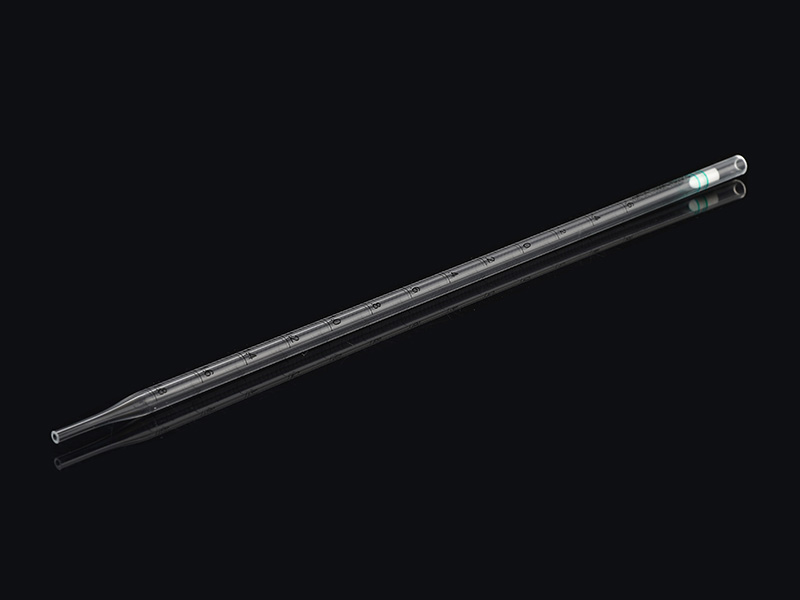25
Jun
A serological pipette is a standard tool used in laboratory research. There are several types of serological pipettes.
disposable plastic serological pipettes
The Disposable Plastic Serological Pipettes are ideal for microbiology, molecular biology, and cell culture applications. They are pyrogen-free and feature a cotton plug that protects against over-pipetting. Available in a wide variety of models, these pipettes can easily and quickly dispense liquid aliquots. Moreover, they can be used with any type of serological pipette controller.

The Pipetman L pipette is an ergonomically-designed single-channel model that weighs just 90 grams. It is available in eight models, ranging from 0.32 uL to 10 mL. Its autoclavable tip holders reduce the risk of cross-contamination and ergonomics. These pipettes are also autoclavable, ensuring their safety. You can choose the type that meets your requirements best.
Mohr pipettes
One of the biggest differences between a Serological and a Mohr pipette is the way in which they measure the volume. The former has graduated markings, while the latter is a volumetric pipette with fixed measurements. Each of these types of pipettes is calibrated to deliver a specific volume. They are made of borosilicate glass and are individually serialized. The markings on these pipettes are amber, and they are color-coded.
Serological pipettes are divided into two types: TD and Mohr. While the former is self-draining, the latter has to be blown out to deliver its full volume. The former features etched rings on the end of the bulb. The latter, on the other hand, includes a window or a dial for measuring the exact volume. As you might expect, Serological pipettes have the advantage of being adjustable, while TD pipettes are designed to deliver a fixed volume.
Other types of pipettes
Serological pipettes are specialized laboratory instruments that are used for dispensing liquids in milliliter volumes. They are made from transparent medical grade polystyrene and are sterilized by gamma radiation. They can be used to transfer small volumes of liquid, mix chemical solutions, and lay down reagents in varying densities. These pipettes require careful attention to detail and can be used with different sized receptacles.
In immunology-serology laboratories, pipettes are used for quantitative transfer of reagents and for serial dilutions of specimens. Although glass pipettes have largely been replaced by semiautomated micropipettes in the laboratory, traditional methods are still needed from time to time. Listed below are the different types of serological pipettes. If you're unsure about which type you need, start by reading through the following descriptions.
Application of serological pipettes
There are two methods of transfer: pump and bulb. While the pump transfers a less specific volume, the bulb facilitates aspiring and dispensing. All serological pipettes require pipette dispensers, which help eliminate the ancient technique of mouth pipetting, which may lead to the liquid entering the oral cavity and potentially causing serious side effects. Pipettes with a bulb offer the lowest accuracy and are often used with glass serological pipettes.
Serological pipettes are designed to reduce the impact on joints. They should fit comfortably in the hand and should be lightweight. They should be available in both short and wide orifice versions, and should be colour-coded for easy identification. Choose one that complies with ASTM E1380 guidelines and has a non-pyrogenic, non-cytotoxic, and non-corrosive plug. These pipettes are available in many sizes and are compatible with most major brands of pipettors.

 简体中文
简体中文











